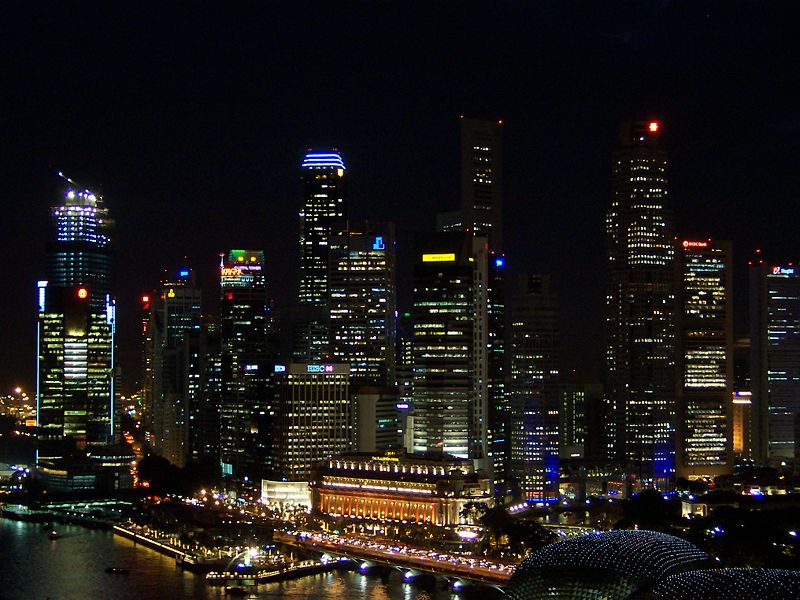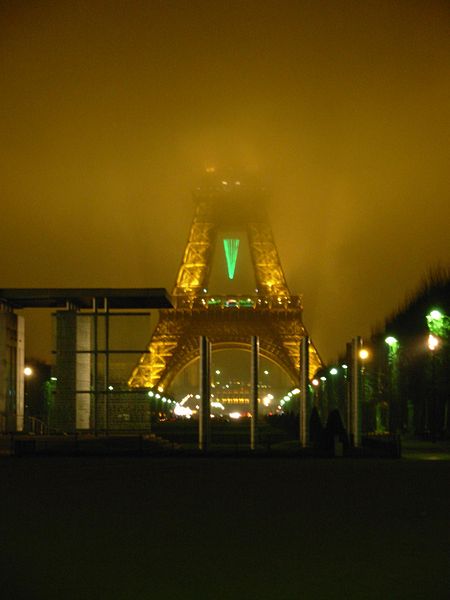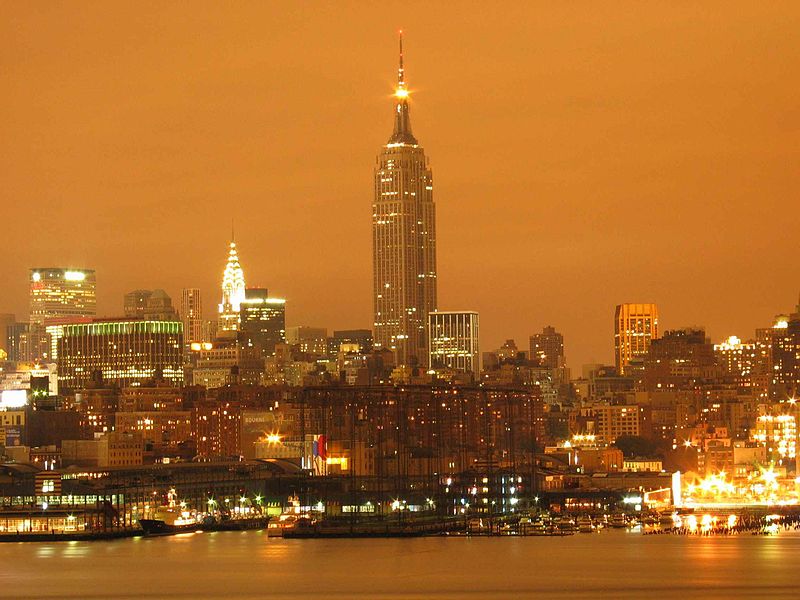.
There is no longer night in any city


There is no longer night in Taipei

There is no longer night in Los Angeles

There is no longer night in Caracas

There is no longer night in Washington

There is no longer night in Singapore

There is no longer night in Chicago

There is no longer night in Paris

There is no longer night in Tokyo

There is no longer night in New York City

There is no longer night beyond the Golden Gate

There is no longer night in Tokyo

There is no longer night in New York City

There is no longer night beyond the Golden Gate
There is no longer night in Europe
From space its cities and seacoasts appear as white lace or perhaps as incandescent viral outbreaks

We are coming almost to the end of night on Earth
The stars will before long be lost to us forever
Nature will have had to find another place
The stars will before long be lost to us forever
Nature will have had to find another place
In future night may exist only in abstract theoretical darkness

Earthlights at night: data by NOAA digital archive; images by C. Mayhew and R. Simmon (NASA), 2004
City at night: photo by Orel Zion, 2005
Taipei101: photo by soda-susu, 2006
Los Angeles at night, skyline: photo by Aaron Logan, 2004
Night view of Caracas from the top of Los Naranjos: photo by cirofono, 2008
Washington, D.C. at night: photo by International Dark-Sky Association, 2008
Singapore skyline, night: photo by Sanchom, 2007
Aerial view of Chicago at night: photo by Jim Richardson for National Geographic, 2008
Eiffel Tower at night: photo by OA kalliber, 2006
Tokyo night view: photo by Gorgo, 2008
Empire State Building at night: photo by Charliebrown7034, 2004
Golden Gate Bridge, from East Bay: photo by David Corby, 2006
Europe at night (human-made lights only): data by C. Elvidge (NOAA); image by C. Mayhew and R. Simmon (NASA), 2008
Absolute darkness: image by Miraceti, 2006

We still have night in Berkeley. Try and get a decent meal after a night shift--the town goes dark at 10pm.
ReplyDeleteO
O,
ReplyDeleteWell it looked like a kind of brown/orangehaze pseudo-darkness to me... Shattuck as always a reddish toxic light-glow... dude, try the boat noodle house for late service.
(For years I read that as "Beat Noodle House".. but, you know, next door to Another Kind of Hobbit, Beat would be just a bit too close.)
Just between us, O, this post is what came of a gasping hike up to Indian Rock on Midsummer Night. Looking out toward the Gate from the old-folks' bench.. orange brown haze from here to Hawaii.
(By the way, the Yahi acorn-grinders who once used the Rock as a sort of grind-it-yourself cafeteria, would probably have welcomed you with a post-late-shift mash-broth and a view of... the whole Milky Way! If not the whole Snickers!)
If this sort of thing interests you, don't fail to click on the top image to get a glimpse of the thickest lace froth of artificial illumination on the planet, that emanating from the light-hives strung across the far right sectors of the NASA image.
ReplyDeleteNight will make a comeback, eventually.
ReplyDeletei love that picture at the top. the nasa website says that: "This image has become an email-attachment phenomenon! It has also generated many print requests."
ReplyDeleteit was taken in the year 2000. wonder what an updated one would look like.
GReat post.
ReplyDeleteBeautifull pictures intresting words.
The idea of no more nights I like a lot, its an intresting idea, with many implications that might come along.
Billy,
ReplyDeleteNo doubt you're right. There's probably a lot more of night left out there than there is of us here, defending ourselves from it inside our protective envelope of artificial light.
Mariana,
Well, I do miss the starlight.
Timmy,
"...it was taken in the year 2000. wonder what an updated one would look like."
I wondered too. I looked at a number of these NASA images and learned that the brightness-clusters on the maps appear to double in size and intensity about every ten years--of course the data collection only goes back a few decades. But they are compilation images that integrate data taken up over extended periods. The big image of Europe at night, for instance, was made from data recording only human-made lights, collected in 1994-95, compiled in 2001. So in these NASA images what we are seeing is the froth of Earthlight from a time when there was still comparatively more night remaining.
The shoals and nebulae of human earthlights seen from space seem even stranger the closer you look at the maps. On some projections there are patches of intense localized light created by the super-powerful halide lamps used by fishing fleets at night. The squid fleets of the South Atlantic throw up a brighter image than Buenos Aires or Rio de Janeiro.
Of course the opossums and sea turtles, badgers and swans, bats and frogs and seabirds can't sort out the data but that doesn't provide much consolation for the screwed up nesting and mating and migrating cycles, the songbirds colliding with brightly lit tall buildings or captured by gas flares on oil rigs. The more you read about these effects the easier it is to see that the biological rhythms of Earth are being thrown out of whack by all this wasted light prodigally spilled upward.
But Hey, as a friend wrote privately last night regarding this post, "Nature Bats Last".
London at night from space - luminous thistledown, or a glowing fracture of the darkness?
ReplyDeletewell, for what it's worth ..
ReplyDeletethere seems to be a a whole ton of night left in n. korea ..
Zeph,
ReplyDeleteMy heavens, it looks like London has been the target of a meteorite or a nuclear weapon. One has read of the amazement of the citizens of the town upon the arrival of gaslight two hundred years ago. But one big halide lamp would probably overpower all the gaslight it would have taken to (partially) illuminate those dark streets for the hackneys.
Foam,
Yes. Gives rise to the question, would we rather live in a robot state and see the stars?
One thing that is not much emphasized about global warming is that as the ice melt the deserts expand. The famines of the Sahel and Ethiopia were in some parts created by our cars. On average and in European measures a car transform 300 grams of oxygen into 200 grams of CO2 by Km.
ReplyDeleteIn the deserts you can really see the stars...
Thank you, this is indeed a matter for Very Sirius.
ReplyDeleteI recall, long ago, lying on the surface of the Earth, looking up at the night sky over the Sahara, and having the thought, are there as many grains of sand beneath my head as there are stars in that luminous blanket above?
Oxygen is rich with darkness,
Carbon emits light.
From the stars can strange eyes
Still see our deserts at night?
St.John
ReplyDeleteof the Cross....the light within
the light without.......the
lights of civilization are neutral
to those locked in cells in darkness...they are what they are
and progress does not solve the
problem of The Dark Night of the
Soul.....but it helps some
Elmo,
ReplyDeleteSt. Elmo's Fire once again...in the endarkened brain chamber.
It's late and getting later, but what's left of the functional cerebrum finds this dovetailing or doubling-back into the quoted Jacques Ellul bit in the reply to Lanny and Annie at the end of the thread on Bliss (above) (--or is it below? Which end of Nowhere is Up?)
St. Elmo's Fire
ReplyDelete